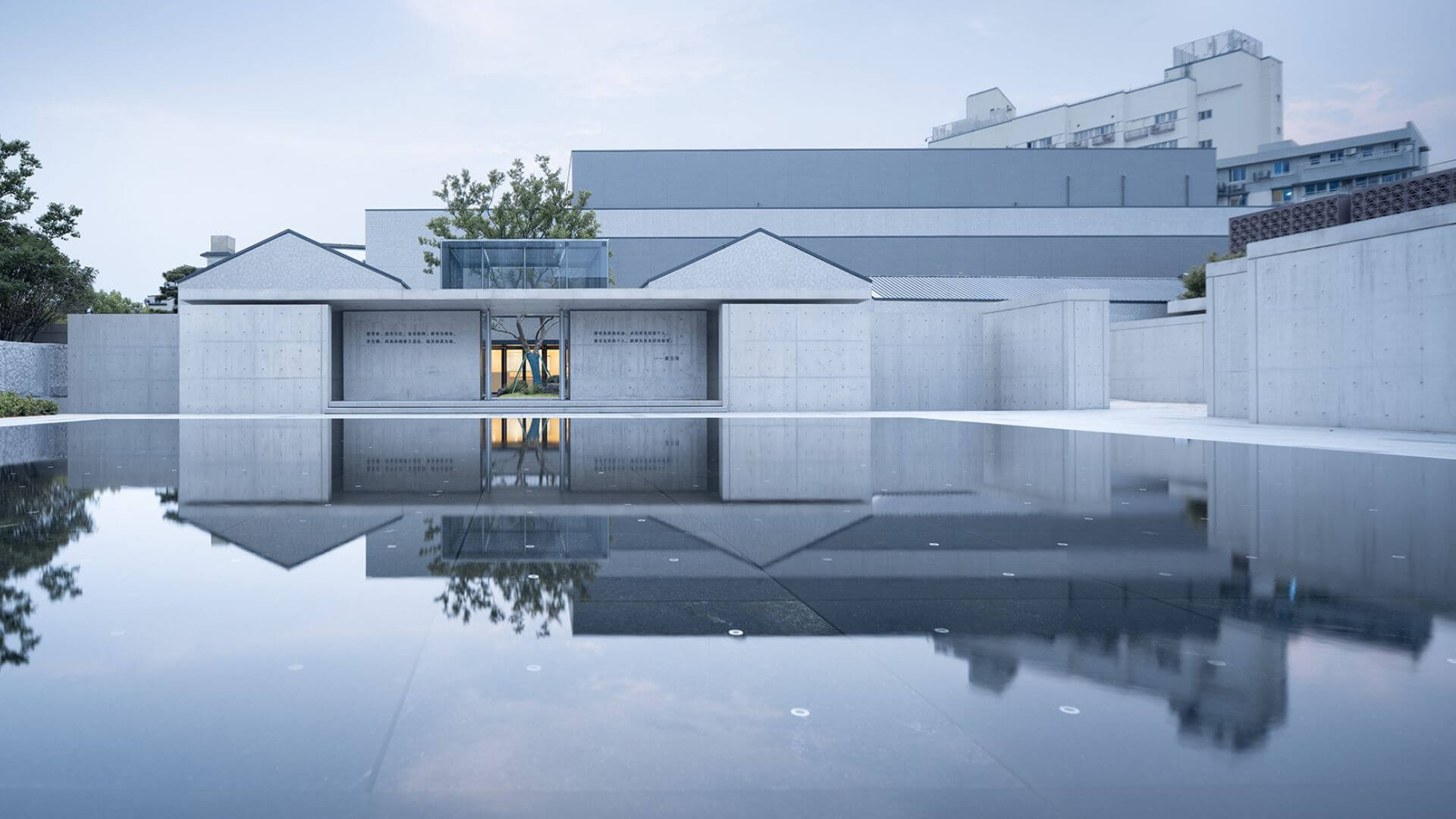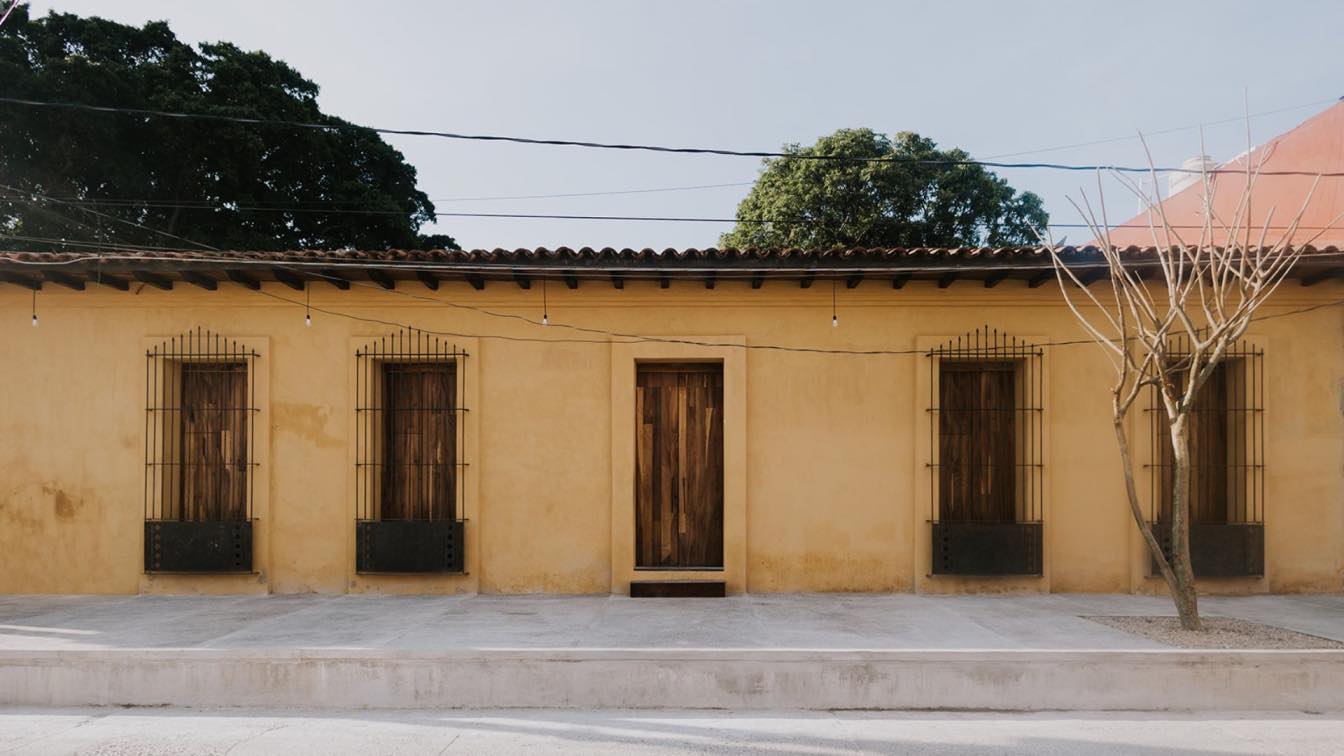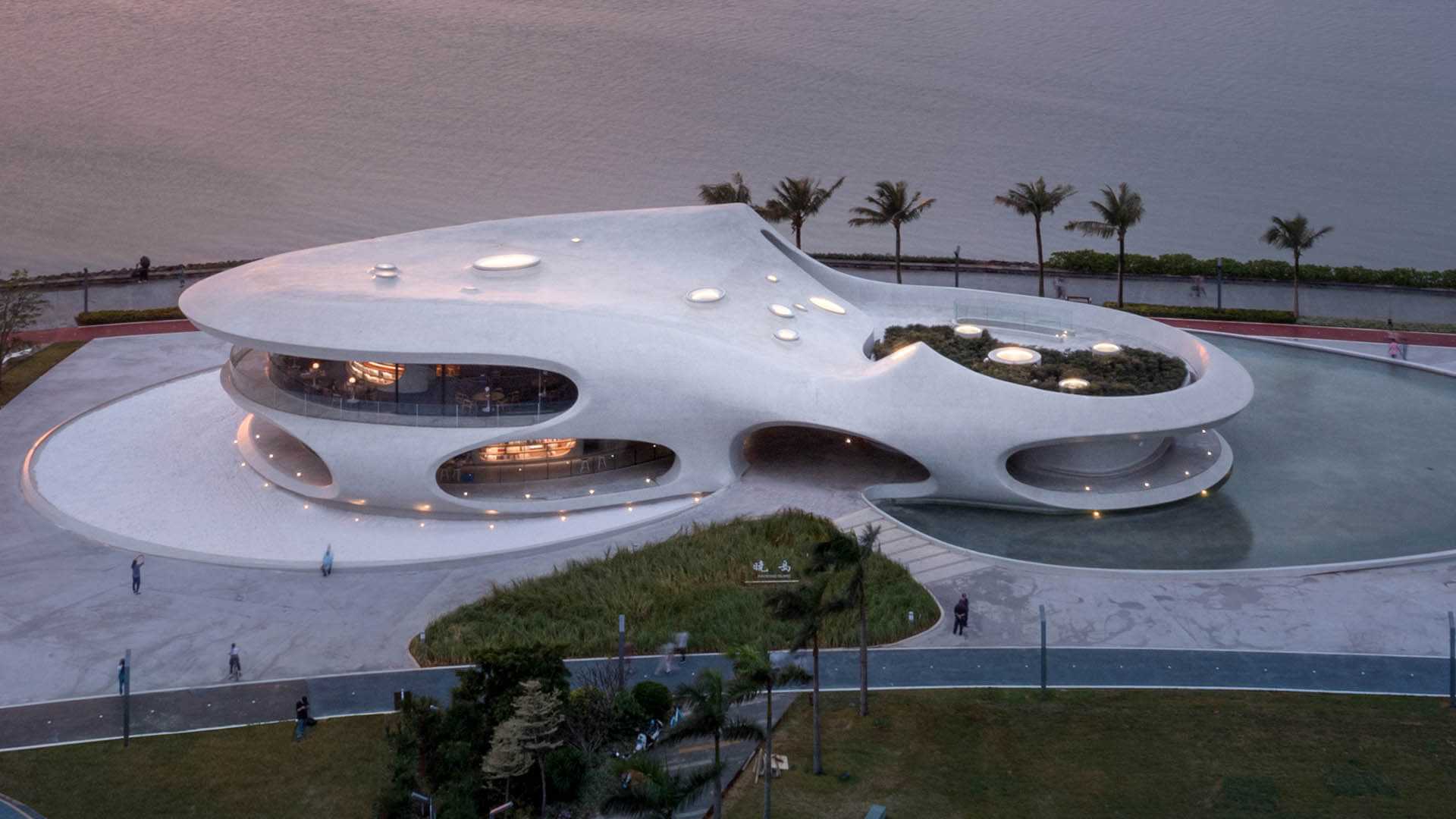Cushing Terrell: The new Bigfork Library is a source of inspiration and impact for the rural community of Bigfork, serving as a bridge to connect people to resources, technology, and opportunities for lifelong education. The project was funded by the ImagineIF Library Foundation, an organization dedicated to ensuring libraries in Flathead County can offer programs and services that go beyond the basic, fulfilling the missions of the libraries and enriching their communities.
Occupying a former 6,000-square-foot church recreation hall, the project transforms the existing building into a rich mix of spaces. The design features architectural forms to metaphorically reference the bridge concept. In addition to completely reworking the interior, the design includes a new entry sequence, ample windows for daylight and views, and exterior finishes and features that create visual interest and draw people in. Spaces leverage light—qualities such as shadows, light-dark, and dappled light—to visually sculpt architectural forms and suggest a sense of discovery and curiosity, likened to when a forest opens to reveal a river crossing. Programmatic spaces include a large, flexible space to accommodate events and multiple meeting rooms. Communal outdoor areas and reworked parking are also part of the project’s scope.
One of just 12 projects worldwide designated as a Design for Freedom pilot project, this community library has become a physical symbol of ethical building design and a shared commitment to eliminating forced labor in the building materials supply chain through rigorous research and partnerships between designers and product manufacturers.































